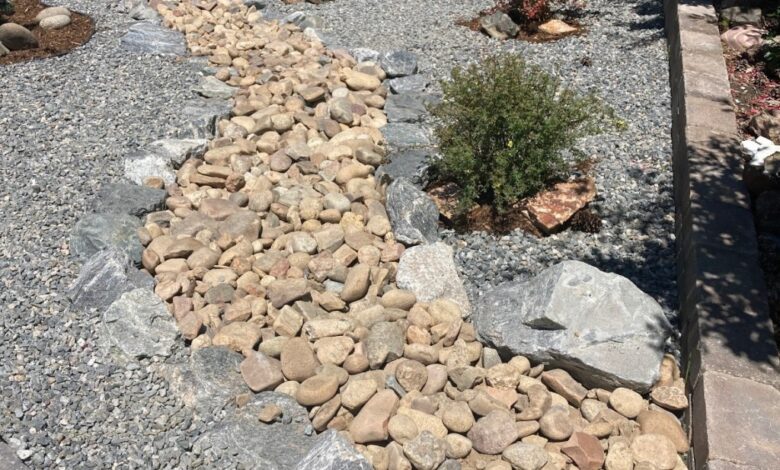Save money, water in Colorado

Landscaping Trends in Colorado: Embracing Sustainability
As water conservation becomes increasingly urgent across Colorado, landscaping trends are evolving to prioritize sustainability and low-maintenance designs.
Homeowners are embracing xeriscaping and native plant landscaping and moving away from traditional bluegrass lawns in favor of drought-resistant options.
Lauren Floyd, design assistant at C&H Landscaping, said homeowners who switch to low-water landscaping are more likely to want to save money than those motivated by environmental concerns.
“We’re seeing more people moving to xeric landscapes using native plants to increase curb appeal and cut down on their water usage.”
Popular options include xeriscaping using native plants, planting ground cover, incorporating hardscaping, using mulch and gravel, and installing drip irrigation.
Xeriscaping
Xeriscaping uses drought-resistant plants, particularly those native to Colorado, like Karl Foerster grasses and Colorado blue spruce, because they are better adapted to thrive under specific conditions.
This landscaping approach often features succulents, lavender, yucca, and other low-water plants, which help conserve water while maintaining beauty in the garden.
Ross Hulstein, Highlands Landscaping CEO, said most homeowners understand that growing grass takes more water.
“Switching to low water use means less grass and more native plants,” Hulstein said.
He recommends choosing native Colorado plants that thrive in the high desert climate.
“They are used to the rainfall we get and will need less watering.”
In Fort Collins, homeowners’ associations that once required at least 60% blue grass are now modifying their requirements to options that use less water, said Kristin Crawford, the office manager of Waterwise Landscapes.
She said xeriscapes that include Karl Foerster, Maiden Hair, and Pampas grasses are popular and require less water and maintenance.
Aaron Le, owner of Modern Concepts Landscaping, said xeriscapes also appeal to homeowners who want something low-maintenance.
“They want something simple and clean so they have a nice looking yard without having to put too much time and effort into it,” he said.
Ground cover
Planting ground cover instead of using rocks offers environmental and aesthetic benefits.
Plants like creeping phlox and hen-and-chick succulents improve soil health by preventing erosion, enhancing moisture retention, and promoting nutrient cycling.
Ground covers also support beneficial insects and wildlife, fostering biodiversity. They provide vibrant, textured landscapes with seasonal color and help moderate soil temperature while retaining moisture.
Dan Zehr, owner of Living Landscapes, said using plants as ground cover helps create a healthy ecosystem. The plants provide moisture and support birds and pollinators.
“We’re experiencing a renaissance and people are discovering what it truly means to create an ecosystem,” he said.
Landscaping experts must help educate homeowners, especially transplants, to help them understand the environment.
“We need to show them that native short grasses will thrive and that hydrangeas and boxwoods are not appropriate for our climate.”
Hardscaping
Incorporating hardscape elements like patios, boulders, and mulch can effectively reduce grassy areas in landscaping.
Additionally, using rock and gravel instead of traditional grass minimizes maintenance and significantly reduces water usage.
Hulstein warns that installing hardscaping costs more upfront, but takes less work and costs less to maintain.
Drip irrigation
Installing drip lines allows for targeted watering, making it a more efficient alternative to traditional irrigation methods.
This approach ensures water is delivered directly to the plants’ roots, minimizing waste and optimizing water use.
The news and editorial staffs of JS had no role in this post’s preparation.




